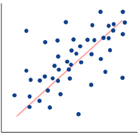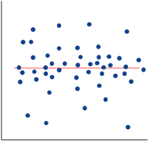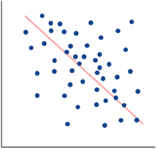Most large institutional investors place the principle of diversification at the core of portfolio construction. It’s natural to want to maximize return while reducing risk. This is the difference between wise investment and speculation. As mentioned in the first course of the academy, in finance there‘s a relationship between risk and expected return. A higher level of risk tends to equate to a greater return. However, diversification can tip the scales to a degree, possibly offsetting the higher risk taken in pursuit of higher returns.
Here are the key takeaways from this page to help you better understand the importance and practical application of diversification in investment strategy:
- Understand how diversification reduces risk by spreading investments across non-correlated assets.
- Explore diversification across countries, sectors, industries, securities, issuers, and time.
- Learn how to balance equities, bonds, and alternative assets in a portfolio.
- Recognize emotional biases in investing and how strategies like Dollar Cost Averaging (DCA) help maintain discipline.
- Discover how multi-asset ETFs assist in building diversified portfolios tailored to risk preferences.


